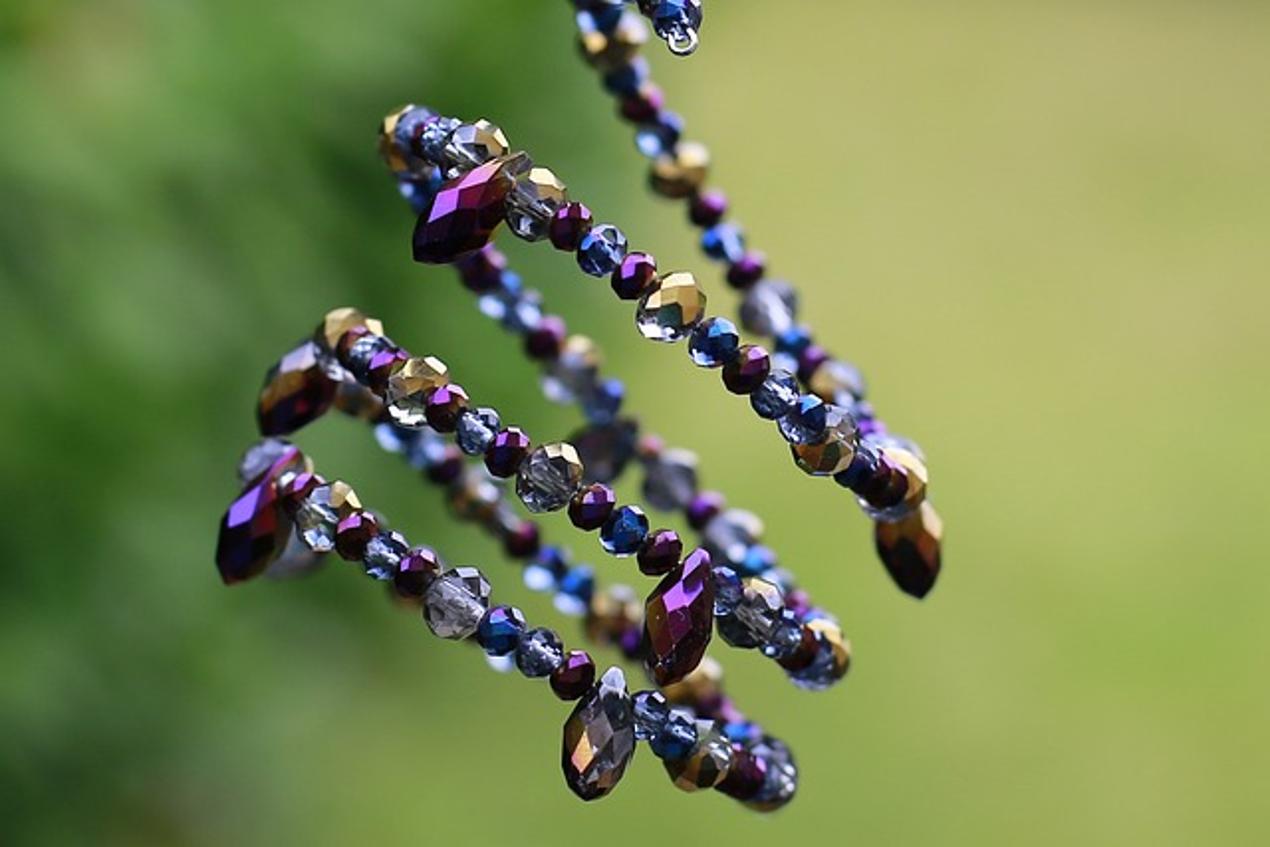Introduction
Industrial piercings, known for their unique and edgy look, have gained popularity among punk and alternative fashion enthusiasts. Standard industrial piercings typically use straight barbells, but many seek alternatives to reflect personal styles or reduce irritation. Understanding the myriad options for alternative jewelry can enhance your piercing experience. Whether you aim for comfort, fashion, or both, this guide will help you navigate the diverse world of industrial piercing alternatives.

Popular Types of Alternative Industrial Piercing Jewelry
When exploring alternative options, various jewelry types break the conventional mold while maintaining the piercing’s integrity.
Titanium Barbells
One of the best ways to customize industrial piercings is by selecting titanium barbells. Known for their hypoallergenic properties, titanium is perfect for sensitive skin. They come in an assortment of colors through anodization, allowing for personalized style without compromising on safety.
Captive Bead Rings
Captive bead rings offer versatility and a unique look. The bead or ball captured inside the ring can be customized with different colors and designs, providing endless options for personalization. Captive bead rings also allow for more movement and can be more comfortable for some wearers compared to rigid barbells.
Segment Rings
Segment rings are also excellent alternatives that offer a continuous loop look without the break of a bead. They can be a bit tricky to insert but provide a cleaner aesthetic. Segment rings come in various materials and finishes, making them a versatile choice for anyone looking to diversify their industrial piercing.
Curved Barbells
Curved barbells, often used in eyebrow piercings, can create a softer, more fluid line for industrial piercings. These offer a hybrid look between the barbell and ring, giving a distinctive appearance while maintaining the piercing structure.
Choosing the Right Materials for Alternative Jewelry
Selecting the right material is crucial for comfort and health. Different materials offer varied benefits, and understanding them ensures you choose the best fit for your body.
Surgical Steel
Surgical steel remains a popular choice due to its affordability and safety. It’s a solid option for those not allergic to nickel since it contains minimal nickel content. However, it may not be suitable for everyone.
Titanium
Titanium stands out as top-tier in biocompatibility and hypoallergenic properties. It’s incredibly lightweight and can be anodized in various colors, making it a fashionable yet safe choice.
Bioflex and PTFE
Bioflex and PTFE (Polytetrafluoroethylene) are flexible, medical-grade plastics frequently used in body jewelry. These materials are perfect for those who need to avoid metal due to extreme sensitivities. They are adaptable and comfortable, especially if you have an active lifestyle.
Gold and Silver Options
Gold and silver can upscale the aesthetic of any industrial piercing. However, these materials must be high-quality and free from fillers that can cause reactions. Opt for 14k or higher gold and sterling silver to ensure safety alongside elegance.

Customizing Your Industrial Piercing Jewelry
Customization options are plentiful, allowing you to reflect your personal style through your industrial piercing.
Personalized Charms and Dangles
Adding charms or dangles to your industrial piercing can instantly change its look, giving you a trendy and personalized piece of jewelry. These can be swapped out easily, providing versatility to your piercing wardrobe.
Engraving and Inscribing
Engraved jewelry offers a truly personalized touch. Whether it’s a special date, name, or symbol, having your industrial barbell or ring engraved can add sentimental value.
Anodized Titanium: Color Customization
Anodized titanium provides an array of colors, offering a custom look that is still hypoallergenic and safe. This method uses electricity to change the metal’s color without affecting its properties, resulting in a vibrant and unique piece of jewelry.
Practical Tips for Selecting the Best Alternative Jewelry
Choosing the right alternative jewelry can be daunting. Here are practical tips to make the process easier.
Understanding Sizes and Gauges
Knowing the correct size and gauge for your industrial piercing is crucial. This ensures comfort and speedy healing. Most industrial piercings are typically 14 or 16 gauge, but it’s best to consult your piercer for the exact size.
Assessing Your Skin Sensitivity
Understanding your skin’s sensitivity helps in selecting the material. Perform patch tests with different materials if you’re unsure, and consult your piercer for recommendations based on your skin type.
Balancing Aesthetics and Comfort
While looks are essential, comfort should not be compromised. Choose jewelry that offers both – this improves the wearing experience and helps avoid complications like irritation or infection.

Conclusion
Exploring industrial piercing alternative jewelry broadens your options for comfort and style. By understanding the types, materials, and customization options, you can find the perfect jewelry to suit your needs. Happy piercing!
Frequently Asked Questions
What are the best materials for industrial piercing jewelry?
The best materials for industrial piercing jewelry include titanium, surgical steel, and Bioflex. These materials are less likely to cause allergic reactions and offer durability.
How do I care for my alternative industrial piercing jewelry?
To care for your piercing jewelry, clean it regularly with saline solutions and avoid harsh chemicals. Ensure to dry it thoroughly and follow aftercare instructions given by your piercer.
Can alternative materials cause allergic reactions?
Some alternative materials can cause allergic reactions, particularly if they contain nickel or low-quality metals. Opting for hypoallergenic options like titanium or Bioflex can reduce this risk. Always consult your piercer if you have sensitive skin or known metal allergies.
